Monsoon Car Care Tips You Can’t Ignore This Rainy Season
With the rainy season on the way, it’s time to follow key Monsoon Car Care Tips to keep your vehicle safe. From heavy showers to high humidity, monsoons can impact your car’s performance. Prepare in advance to avoid breakdowns and ensure a safe, smooth ride throughout the season.
1. Tyres – Your First Line of Defense
Your tyres are the only part of your car that touch the road. If they’re worn out, they can slip easily on wet roads, increasing the risk of skidding or losing control.
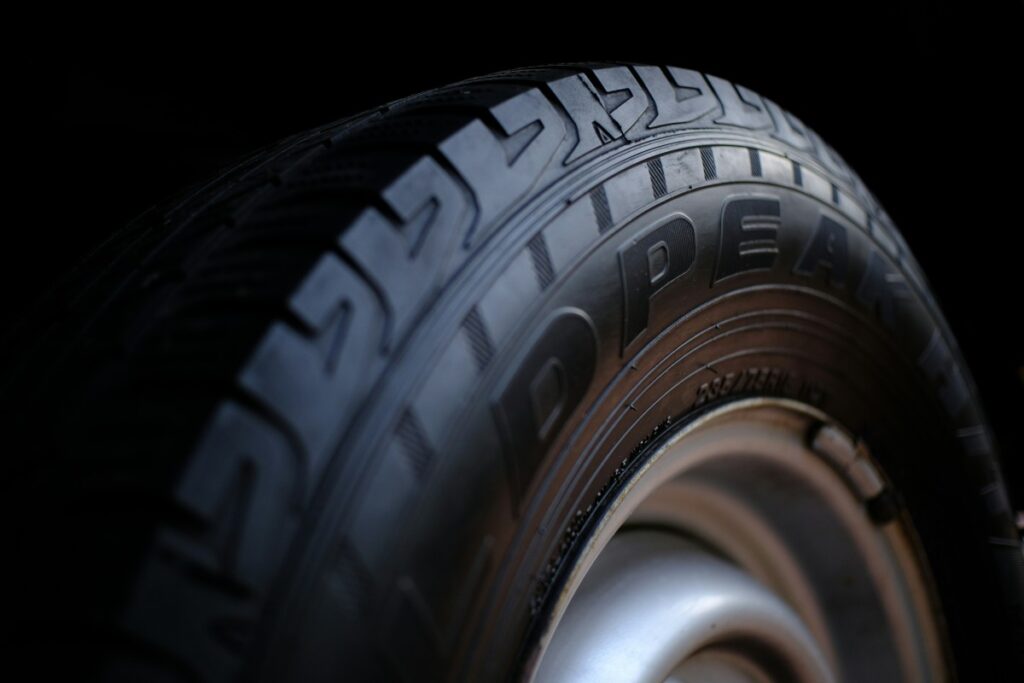
What to do:
- Check tread depth – it should be at least 2-3mm for good water displacement.
- Replace tyres with cracks, bulges, or uneven wear.
- Maintain recommended air pressure. Under-inflated tyres reduce grip, while over-inflated ones may lose traction.
Pro Tip: If you live in a place with heavy rain, think about using rain-specific or all-weather tyres. They offer better grip and safety on wet roads.
2. Lights and Visibility
During the monsoon, visibility often gets worse, so working headlights and tail-lights are very important. They help you see the road clearly and make sure other drivers can see you too.

What to check:
- Test all exterior lights – headlights, brake lights, indicators, and reverse lights.
- Clean the light lenses thoroughly to remove fog or dirt.
- Upgrade to LED bulbs if needed for brighter, energy-efficient lighting.
- Ensure fog lamps are functional for use in low-visibility conditions.
3. Wipers and Windshield Care
Your windshield wipers should work perfectly to keep your view clear during heavy rain. Faulty wipers can make it hard to see and unsafe to drive.
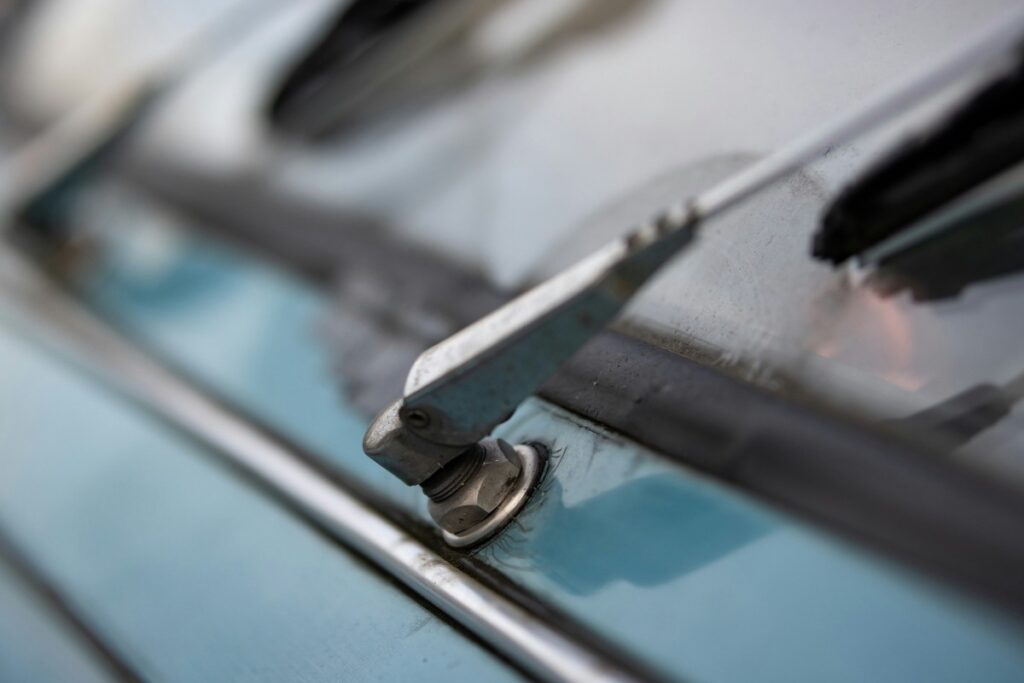
Steps to take:
- Replace worn-out or hardened rubber blades.
- Clean the windshield with a water-repellent solution.
- Fill the washer reservoir with a mix of water and mild cleaner for effective cleaning.
- Test the wiper motor for smooth operation and noise.
4. Brake System Health
Brakes don’t work as well on wet roads, so it’s very important to make sure they’re in excellent condition. Good brakes are a must for safe driving in the rain.
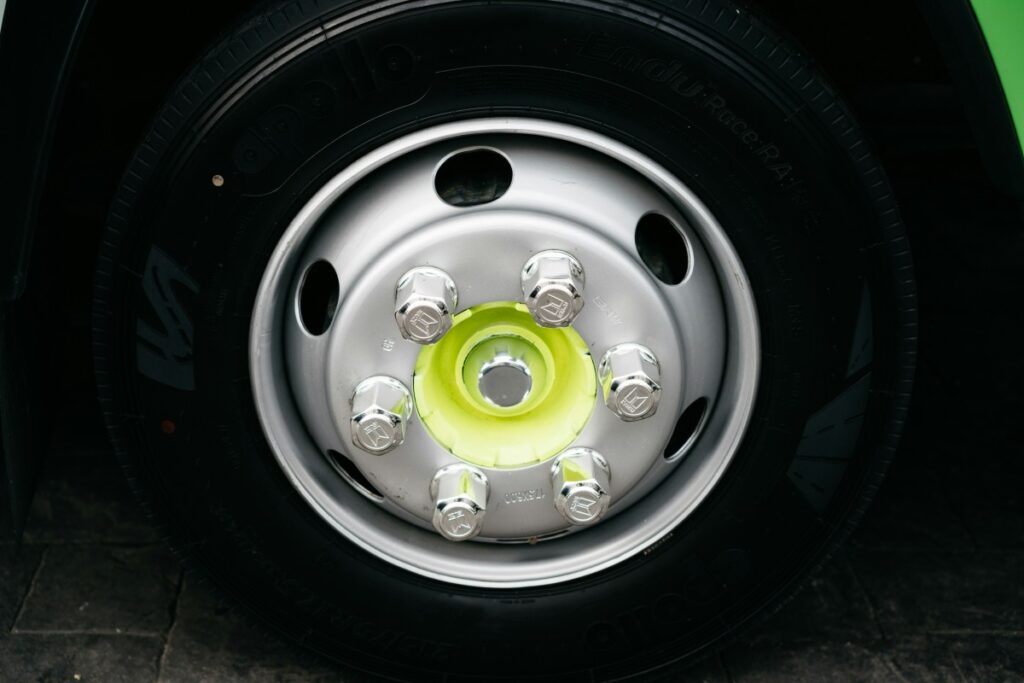
Inspect:
- Brake pads for wear – replace if they’re thin or squealing.
- Brake fluid – top up or replace if it’s dirty or old.
- Brake discs for corrosion or warping, especially after parking in wet areas.
5. Undercarriage Protection
During the monsoon, the underbody of your car faces constant exposure to water, mud, and slush. If not protected, this can cause rust and damage over time.
Precautions:
- Pressure-wash the undercarriage to remove salt and mud deposits.
- Apply anti-rust coating or underbody sealant.
- Inspect for loose parts or rusted areas that need immediate attention.
6. Battery and Electrical System
Moisture during the monsoon can damage battery terminals and important electronic parts in your car, which may lead to unexpected breakdowns.
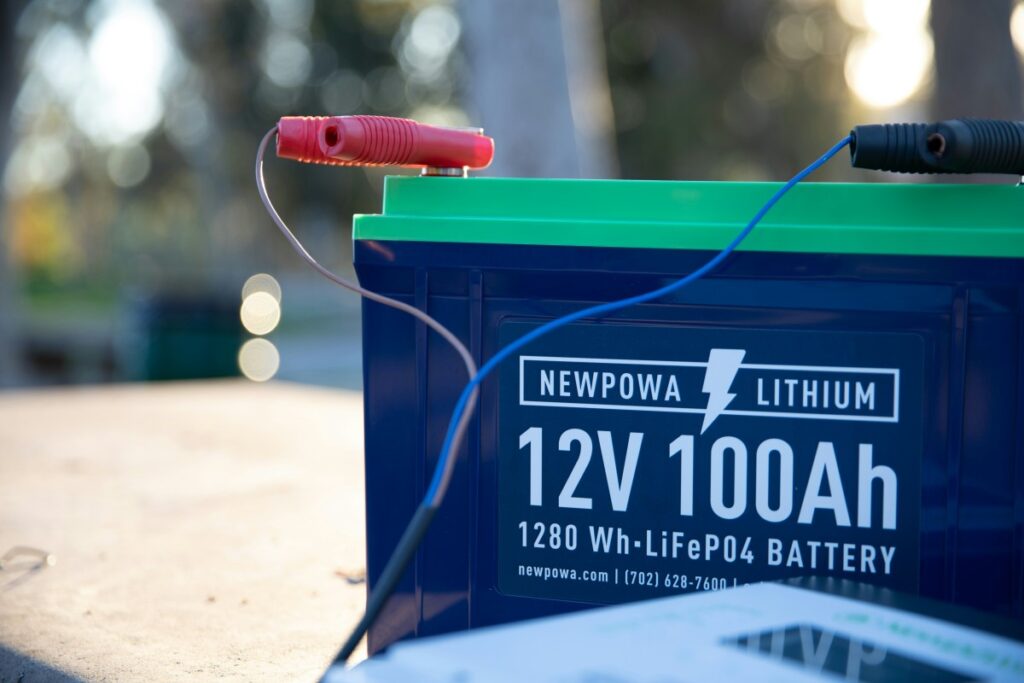
Checklist:
- Clean corroded battery terminals with a brush and grease.
- Check alternator output and battery voltage.
- Ensure head unit, power windows, and other electronic accessories are working.
- Seal exposed wiring if visible under the hood.
7. Rubber Seals & Cabin Leak Checks
Stop water from entering your car’s interior, as it can lead to bad smells, mold (mildew), and even electrical problems.
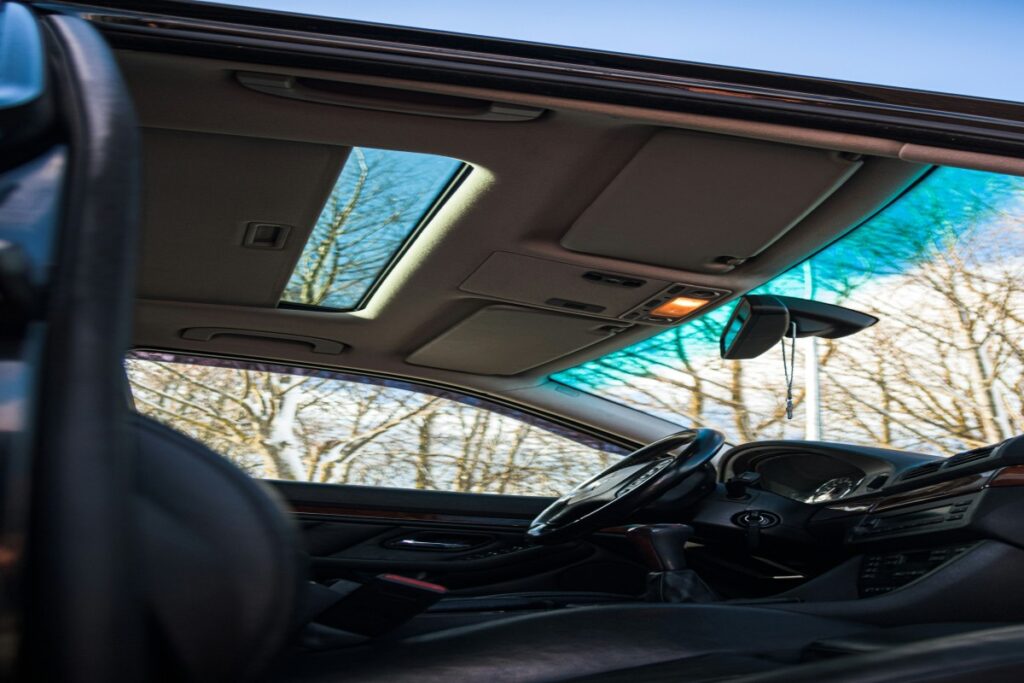
What to inspect:
- Door rubber linings and window channels – replace worn-out seals.
- Ensure sunroof (if present) drainage channels are not clogged.
- Test boot seal and tailgate closure for water leaks.
8. Emergency Essentials
Always stay ready for sudden roadside problems, especially in remote or flooded areas. Carry basic tools, a flashlight, and emergency supplies just in case.
What to carry:
- Tow rope, flashlight, basic toolkit, jumper cables.
- First-aid kit, extra set of clothes, umbrella, and a raincoat.
- Mobile charger and power bank.
- Warning triangle and tyre inflator.
9. Water Wading and Driving Habits
Many vehicles get damaged due to reckless driving in water-logged roads.
Drive smart:
- Avoid driving through deep or unknown water.
- Maintain steady speed to avoid stalling or water entering the exhaust.
- Do not restart a car if it stalls in water—it may damage the engine.
- After crossing water, gently press brakes to dry them out.
Conclusion
Getting your car ready for the monsoon isn’t just about upkeep—it’s about keeping you safe and stress-free. These simple steps can help prevent breakdowns, save on repairs, and make sure every rainy drive is smooth and secure. Plan ahead, stay prepared, and enjoy the monsoon without worries.

